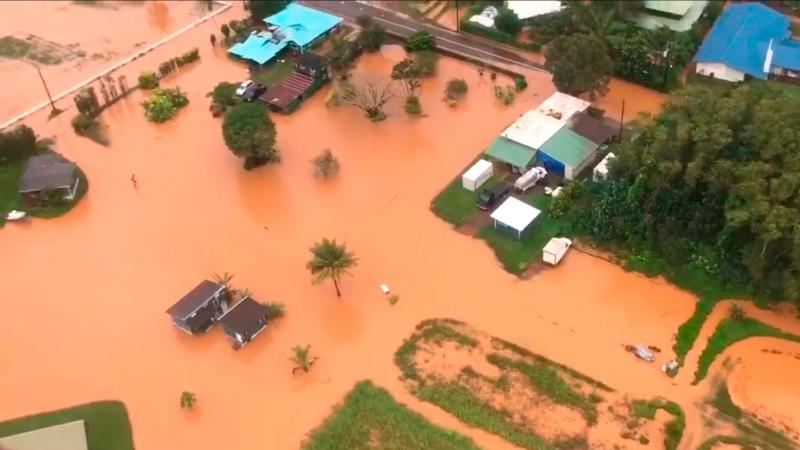
Suppose an unexpected natural disaster hits your community. As you’re fighting for your survival, not to mention the possessions and structures that make up your livelihood, the news goes viral on media outlets around the world.
In the immediate aftermath, sheer terror and basic sympathy lead to donations of money, food, clothes, and other necessities. Over the next few weeks, volunteers “come to the rescue” on whirring helicopters and speedy boats, vaguely trying to help put the pieces of your life and the lives of your neighbors back together. The damage is overwhelming, but after a month or so businesses are back up and running, and that’s enough for tourists to avoid cancelling their year-in-advance planned vacation. By the two-month mark, all but the local newspaper has dropped the story, knowing that the eye of the storm has passed, the peak of the drama clearly visible in the rear-view mirror. Donations slow to a couple boxes a week, volunteers drop from the hundreds to the tens, and yet you know there is still so much to be done. Houses and roads remain broken and collapsed. Dozens of people still need appliances and supplies to function, but as proud self-sufficient individuals they don’t know how to ask for it, believing their neighbors are in greater need than themselves. Community leaders, nonprofits, volunteers, and citizens alike are working around the clock, but the adrenaline that kept everyone going in that first week is beginning to grow thin, the weariness in their bones and brow starting to set in. Will you ever fully recover?
This is the narrative of many natural disasters, but particularly pertains to the heavy rains and flooding that hit Kaua’i, Hawai’i’s North Shore on April 14 of this year. The facts: over 28 in. of rainfall in 24 hours, more than 500 homes damaged or destroyed — and not a single dollar from FEMA.
As a passive onlooker, the event was obviously devastating, but not quite devastating enough to qualify for government aid … so it couldn’t have been that bad, right? Like most of the world, this was the picture I received: one of destruction but likely with quick bounce-back recovery. And even once I set foot on the island, I was inclined to believe in this picture; after all, the main tourist hub of shops and food vendors was clearly doing just fine. But upon closer inspection, the footprints of the flood were still quite visible: the caved in beach-side vacation rental homes, the blocked off road on the western side, the boxes in our office still filled with water and mud. These indicators pointed to a darker underside to that rosy, surface picture.

Aerial view of Hanalei Bay in the days after the flood. The leftmost building of the pair of brown buildings in the front left corner is the Hanalei Watershed Hui office, where 4 of us work on community disaster resilience and recovery each week.
It wasn’t until we talked to one woman, a strong passionate woman who had stepped up to coordinate volunteers and donations because she saw the need and had the heart (all while running her own business and taking care of 3 kids), that this picture was totally obliterated once and for all. We asked her a simple question — “who are you and what do you call yourself?” — unaware that this would launch a three-hour personal story of the flood’s impact. She described the horror of the flood event itself, how neighbors and friends had come close to being swallowed up by the rising waters, how her family and the rest of the community had lost so much to the muck. She then detailed the path to her current position, from mudding out houses and dealing with huge piles of trash to organizing efforts to parcel out supplies and check on those that may have been forgotten. The most surprising stories though were the ones that were happening right now, nearly two months later. I learned in that moment that the absence of the story in the media didn’t equate to the problem being over — in fact, it was exactly the opposite. Without the coverage it originally had, the community was slowly being forgotten, when in reality now was the time they needed to be known more than ever.
If I’ve realized anything over these first two weeks, it’s that my knowledge and understanding of the community is incredibly limited. Sure, I learn more and more each day through news articles and social media alongside stories from my boss and other community members. But I will never know as much as they do — this is their home, and they lived through it all. And that’s the beauty of DukeEngage: the community directs the show because they have the baton, not the other way around. Our job is just to listen to the music and follow the conductor’s lead.
